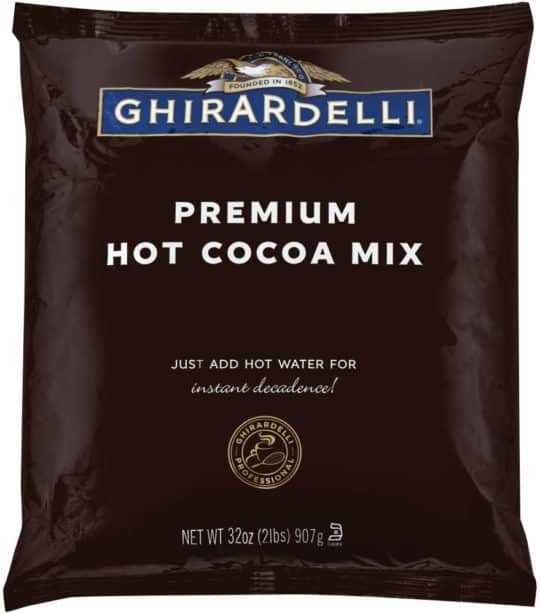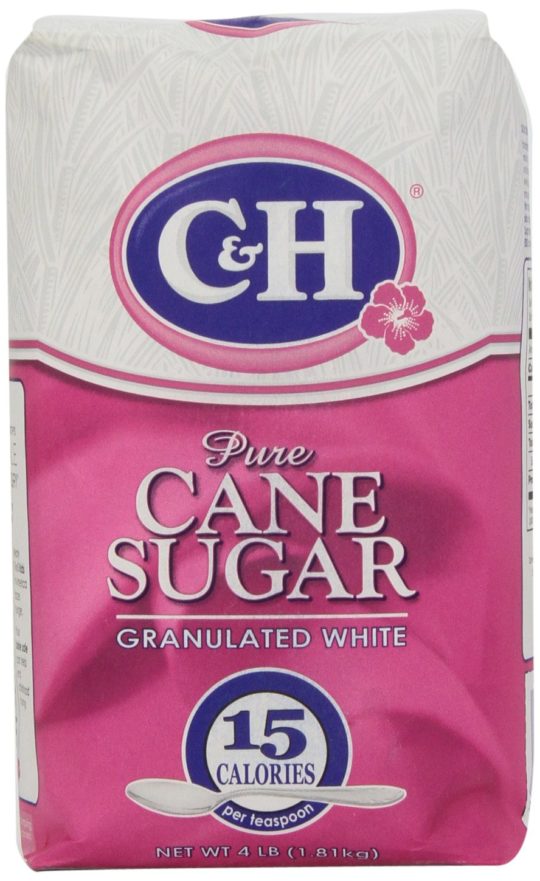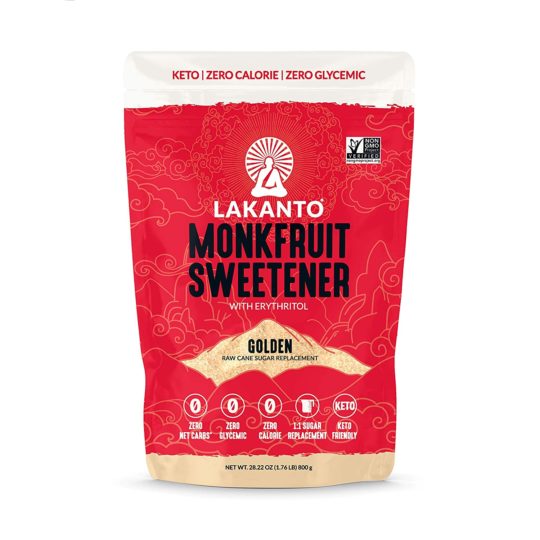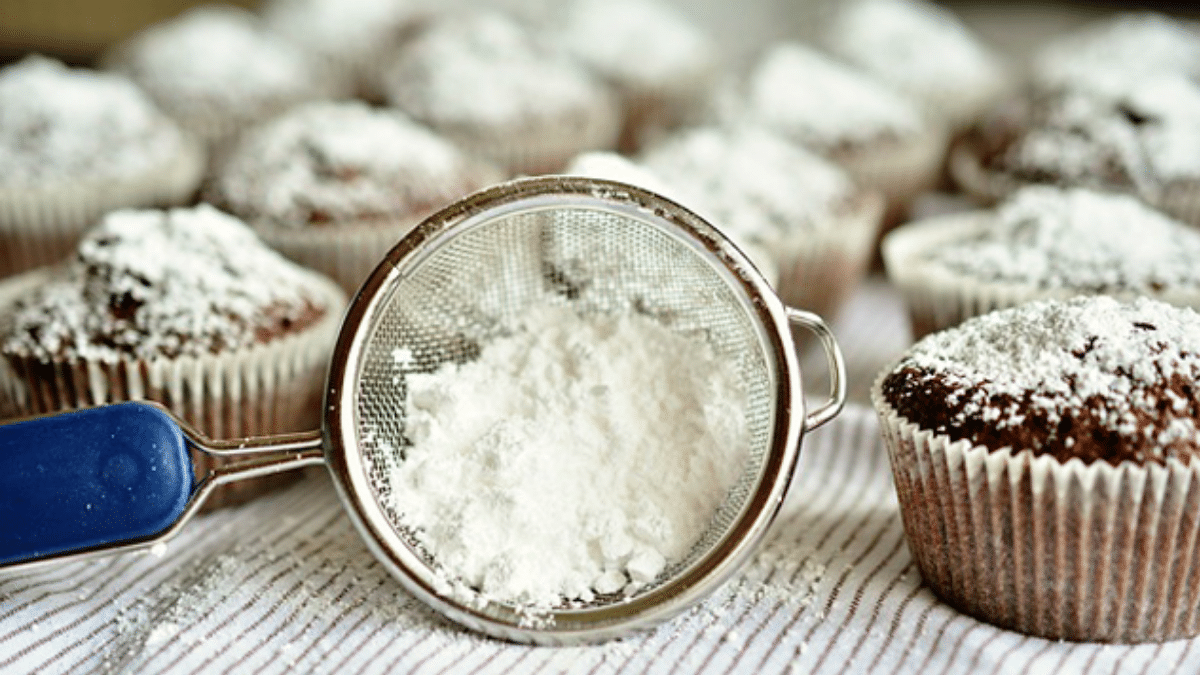Powdered sugar can be an essential ingredient in many baked food items, and it can be used in batters, ganaches, frostings, and other baked goods. Muffins, pancakes, fruit cakes, cupcakes, tarts, and other delicacies are not the same without being decorated with powdered sugar. Also, because it is mostly sugar, the taste is delicious in baked treats.
When you discover that you do not have any powdered sugar for your icing recipes on a fine baking day, it is normal to feel like you’re in a bind. It is, after all, not called icing sugar for no reason. However, it is possible to replicate the effects of powdered sugar in recipes that call for it.
The alternatives we have suggested for this substitution purpose vary fundamentally in nature and composition. As a result, it will deliver a beautiful variety in your icing recipes. It is thus important to be open-minded and willing to explore new tastes. For example, you might love the result.
What is powdered sugar?
When a sugar with rapid dissolution properties is required in food processing on an industrial level, most people turn to powdered sugar. Home cooks generally employ powdered sugar to produce icing, frosting, and other cake decorations, and it is also widely used to give baked goods a subtle sweetness and ornamental elegance.
Powdered sugar is also commonly called icing sugar, widespread in icing recipes. It comes in various finenesses; the most common Xs are XXX, XXXX, and 10X: One important thing to note is that the more Xs the powdered sugar variant contains, the more refined its particles tend to be.
A substitute for powdered sugar can be prepared by grinding conventional granulated sugar in a coffee grinder or crushing it by hand in a mortar and pestle, while powdered sugar is most typically produced in a factory.
Uses of powdered sugar in icing recipes
Icing sugar is one of the most versatile components of baking procedures, and its name implies that it can make the icing, frosting, and dusting over sweet treats, desserts, and other baked food items. Because it also dissolves quickly in cold water, some people also use powdered sugar in milkshakes, juices, and many other beverages.
Some of the popular recipes that call for the use of powdered sugar are listed below:
- Cinnamon Roll Icing
- Royal icing
- Buttercream icing
- Chocolate icing
- Sugar cookie icing
- Vanilla icing
- Strawberry icing
- Cream cheese icing
- Chocolate fudge icing
- Brownie icing
- Banana butter icing
- Vegan icing
- Lemon icing glaze
- Buttercream coconut cake icing
- Easy white icing
Substitutes for powdered sugar in icing recipes
One feature that makes powdered sugar a top choice among bakers and other culinary enthusiasts is its delicate fineness that allows for a pleasantly smooth consistency in recipes. Despite this preference, there is still the possibility that powdered sugar is not available in your locale, so the best option is to work with a substitute.
One of the suggested alternatives below could work for you:
Hot cocoa mix
Hot cocoa mix is a unique ingredient that can be used in powdered sugar in recipes that require its use. It is a great-tasting option and unique to the end product. However, this substitute option should be reserved for chocolate-flavored recipes that would be more compatible, such as chocolate cookies, cakes, and pancakes.
Blend a store-bought hot cocoa mix until it has the fine powdery quality of powdered sugar. It can then be used in place of powdered sugar in your recipes.
At least 1 1/4 cup of hot cocoa mix powder is needed to replace one cup of powdered sugar in any given recipe.
Regular granulated sugar
Suppose you’re in a bit of a rush and need a quick fix while baking. Granulated sugar can be substituted for powdered sugar in your recipes. The only difference is that granulated sugar imparts a grainier texture to your foods, which most people dislike in icings and frostings.
In recipes that require the sugar to be added into the batter, such as cakes and cookies, it will work just fine as a substitute for powdered sugar. However, because granulated sugar does not contain cornstarch, you may notice that these foods are way less dense.
In an icing recipe that calls for powdered sugar, one cup of granulated sugar can be used instead of 1 3/4 cup of powdered sugar.
Artificial sweeteners
Artificial sweeteners can stand ineffectively in various recipes as a sugar-free substitute for powdered sugar. This is a good substitute option for people looking to cut back on sugar intake considerably, thus a healthier alternative.
When attempting to replace powdered sugar with artificial sweeteners, combine 3/4 cup of artificial sweetener and two tablespoons of cornstarch in a mixing bowl. Combine these items in a blender until they are properly ground into fine powder. Any recipe that asks for powdered sugar can then be replaced with this sugar-free mixture in a 1:1 substitution ratio.
Frequently asked questions (FAQs)
How do I produce powdered sugar without a machine?
You can still produce homemade powdered sugar by hand without a blender or a spice/coffee grinder. Although the procedure is more time-consuming, all you need is a mortar and pestle. The sugar crystals can then be ground into a fine powder by hand.
How do you make powdered sugar from Honey?
Place the granulated honey in a dry blender with a high powdered setting (such as a Blendtec or Vitamix). Blend for 15-30 seconds on low speed, then increase to high speed, or until a fine powder appears.
Can you make powdered sugar without cornstarch?
In a food processor, high-powered blender, coffee grinder, or magic bullet, combine your sugar of choice. Depending on your device, it should take approximately three minutes to process it till it’s fine and fluffy.
Conclusion
Whatever your reason for wanting a change from powdered sugar in your icing recipes, you’ll find that there are quite many options that can work effectively in their place. One great thing about these suggested options is that they have way less sugar content than powdered sugar and are thus healthier.
It is, however, important to remember how to properly use these substitutes to ensure the best results in your icing recipes. Also, keep the nature of these substitutes in mind and choose the best option that won’t alter your recipes to an unwanted extent.




